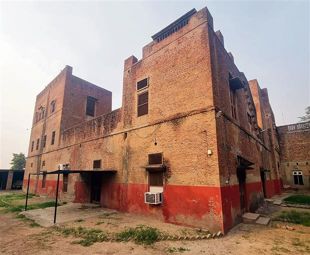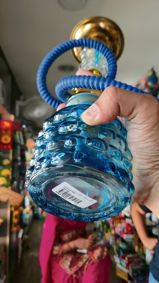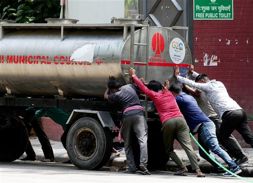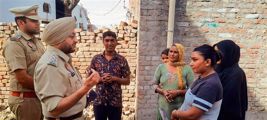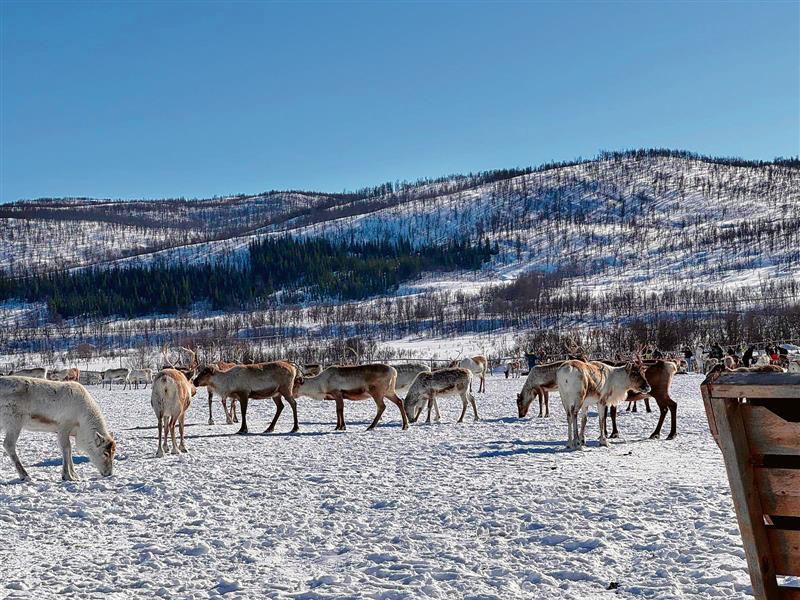
Annam Suresh
My daughter surprised me on my birthday with a two-week holiday to see the Northern Lights, and a day with the Samis — the only indigenous people in Europe with a lifestyle that is alive, but fading. More than 80,000 Samis are spread across what is called Sapmi, comprising northern Norway and parts of Sweden, Finland and Russia. About half of them are reindeer herders. Legally, only Samis are allowed to rear reindeer.
A bus picked us up from the Tromso city centre and 25 minutes later, dropped us near a huge snow-covered reindeer farm.
Travel tips
- Best to fly to Tromso from Oslo (Norway), which is well connected. Flights and stay are expensive. The Oslo-Tromso flight, which takes two-and-a-half hours, cost us Rs 10,500 per head. Hotels, too, have highly variable rates depending on season and demand, starting at Rs 8,000 per night per head in a double-occupancy room in the city centre.
- There are plenty of hostels and hotels, all of which provide various options for a day with the Sami and their reindeer. Most of them are reliable. Tours start at Rs 5,000 per head. Pack plenty of warm clothes, including jackets, gloves and waterproof wear.
A herd of reindeer hauled us in a long chain across the snow, kicking up plenty of it on us. The reindeer pulling the sledge behind us would come alongside ours to strike up a conversation, which we had been told to discourage firmly. In an hour, the ride was done, and we were ‘herded’ to feed a group of hungry reindeer waiting impatiently.

We were taken to a lavvu, a 40-foot-tall conical tent designed to withstand the fiercest storms and avalanches. The dwelling can accommodate large groups of humans and reindeer. Inside were several rows of fur-covered benches around fireplaces that had kettles on the boil. It was warm and cosy in contrast to the -25ºC outside. There were other tents which served as winter homes for those on such camps. But, quite often, the Samis stay in the lavvu itself while the reindeer are tethered in other tents.
Just outside the lavvu stood a cart with small plastic buckets, and a pile of moss-and-hay pellets to be fed to the ever-hungry reindeer. The reindeer were trained not to snatch the food or attack inexperienced feeders like us. They simply buried their spouts in the buckets held out by us nervously.
My feet were wet since all the outdoor activity had got a lot of snow inside my shoes. One of the herders, Myra, got a bunch of dried sennya grass and said, “Line your shoes with these. This grass is much better than several layers of socks and can keep your feet warm even in -5ºC.”
Outside the lavvu, antlers arranged on a long horizontal beam were used for practising lassoing. This is how they would catch wild reindeer. In a week, when the snow would melt, the herd would be moved to the mountains to give birth in spring, one of their eight seasons.
Anna Majlen, another herder, regaled us with legends and myths from the Sami society, telling us about their lives, the challenges as herders, their clothes, their food, their marriages, and birth and death rituals. Their religion, seen as pagan by many, is, in fact about respecting everything in nature — humans, animals, plants and objects. They have a well-practised, effective system of healing through herbs and minerals.
The reindeer is an intrinsic part of Sami livelihood and lifestyle. No part of the animal goes waste. Except the antlers and skin, every part is eaten. The skin and fur are used for attire, shoes and furnishings, and the antlers for cutlery, tools and décor.
The pattern on the edges and cuffs of the Sami tunics indicates the wearer’s village and family. The buttons disclose the occasion and the marital status.
Marriages are usually arranged by parents who look for brides from a family of similar stature but a different village. Marriages take place three to five years after the engagement, during which time the groom has to regularly give his bride, her relatives and friends plenty of gifts.
As evening approached, we were served a typical Sami meal of reindeer soup. The meat was tender and juicy. For vegetarians, there was soup made from dried beans, carrots and potatoes.
And finally, Anna presented a ‘Joik’ (pronounced as ‘Yoik’, one of the oldest song traditions in Europe) that she rendered in her full-throated, melodious voice, while some of us joined in. Remember, the first song in the movie ‘Frozen’? It is a ‘Joik’.
As daylight began to fade, Myra handed me a gift. The Sami believe that if you are kind to the reindeer, they send magic and good fortune your way. There, in the sky, I discerned a mist that slowly grew more colourful. The reindeer had gifted me a view of the Northern Lights.
Join Whatsapp Channel of The Tribune for latest updates.





















